Tea Preparation Guide - How To Steep The Perfect Cup
TEATIME NOTES
Find tips, recipes, and articles to increase your delight and enjoyment of tea.
Tea Preparation Guide - How To Steep The Perfect Cup
A Personal Tea Ritual
For generations, people across cultures have practiced beautiful and meaningful traditions for preparing and enjoying tea. While a Japanese tea ceremony or English afternoon tea may seem too formal for our modern lives, a personal tea ritual is a lovely way to ground yourself in a busy world and bring peace and order to your day.
As merchants of fine organic, herbal, and blooming teas, we at Teabloom are passionate about sharing our knowledge about all things tea. And, we’ve put together the following Complete Guide to preparing tea.
Whether you’re new to the world of tea or simply want to expand your horizons, you’ll find below a wealth of information about brewing different tea varieties, choosing teaware and accessories, and getting the most enjoyment out of your personal tea journey.
Tea Types
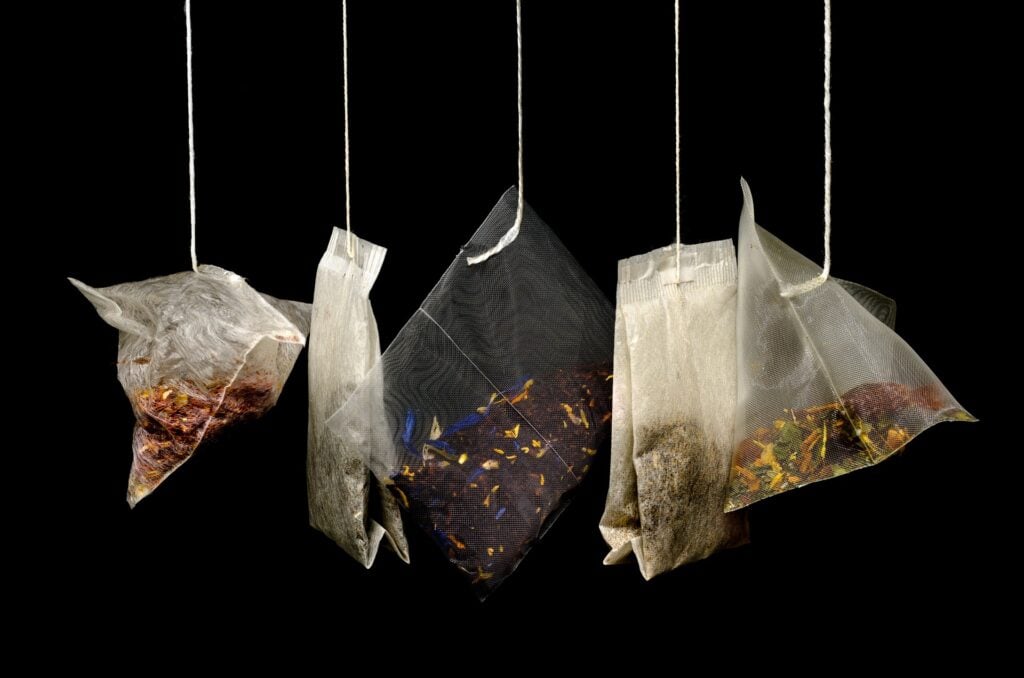
For dedicated tea lovers as well as those just starting out, one point stands out above the rest. For the most delicious, memorable experience, start with premium quality tea. With that in mind, let’s look at the various types available.
Among the many teas in the world, the most popular traditional varieties are black, oolong, green, white, and herbal. A newer tea type is blooming tea.
True teas
They include black, oolong, green, and white; all of which come from the camellia sinensis plant native to India, China, Taiwan, and some areas of South America. The differences in the varieties of true teas are based on which part of the plant the leaves come from. Plus, it depends on how they’re processed after harvesting.
Most types of tea go through a carefully controlled process of oxidation that results in subtle flavor and aromatic differences. Black teas are the most fully oxidized, which also increases their level of caffeine. Oolong tea leaves are slightly less oxidized. Green teas are not oxidized, and some white teas may be slightly oxidized.
Green and white teas are also lower in caffeine and higher in natural antioxidants than black and oolong varieties.
True teas can be enjoyed alone or in the form of long-standing classic blends. For example, Earl Grey tea is traditionally made with fine black Assam tea leaves and the oil of the bergamot citrus fruit. Jasmine tea is crafted during just a few months of the year according to a centuries-old practice with premium tea leaves – usually green – scented with jasmine blossoms.
Chai tea refers to black tea that is combined with spices – traditionally cinnamon, nutmeg, cloves, pepper, and cardamom – and blended with hot milk.
Herbal teas
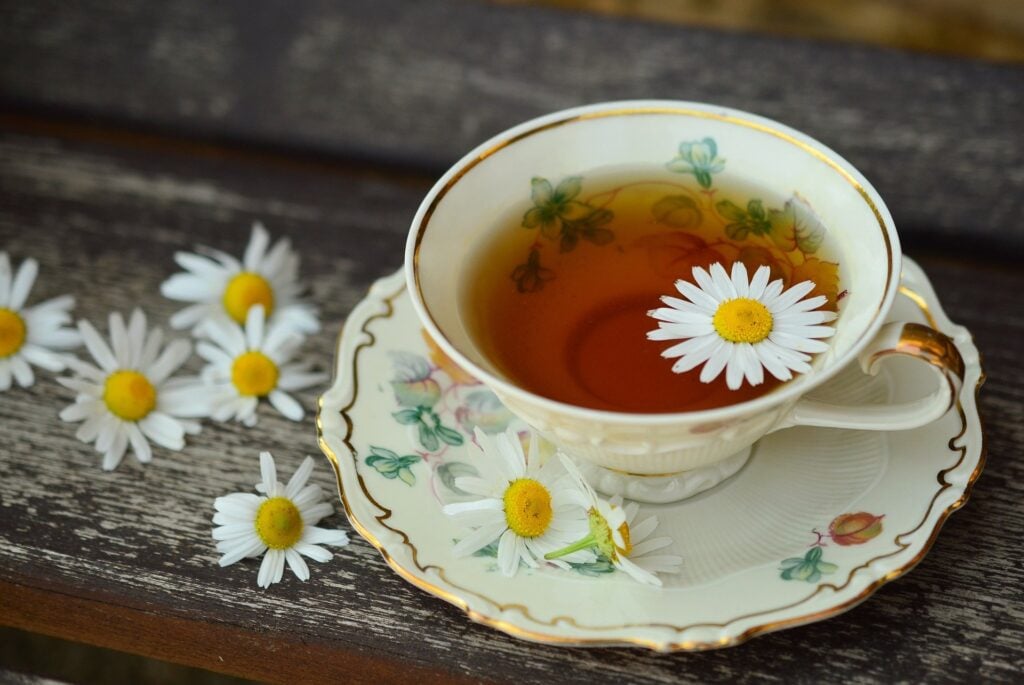
They are not made from camellia leaves, but from combinations of fine herbs, botanicals, spices, flowers, dried fruits, berries, and other flavorings. Herbal teas are naturally caffeine-free, and many have medicinal qualities.
Rooibos tea is a popular and beautifully red type of herbal tea made from the rooibos plant, a native of South Africa. Rooibos leaves are also the foundation for many delicious herbal tea blends.
Blooming teas
They are a popular tea innovation combining premium organic tea leaves, edible flowers, and botanicals into handcrafted “tea blossoms.” When brewed in a glass vessel, blooming teas slowly “bloom” in a visual display while simultaneously producing a pot or cup of flavored tea.
Brewing Hot Tea
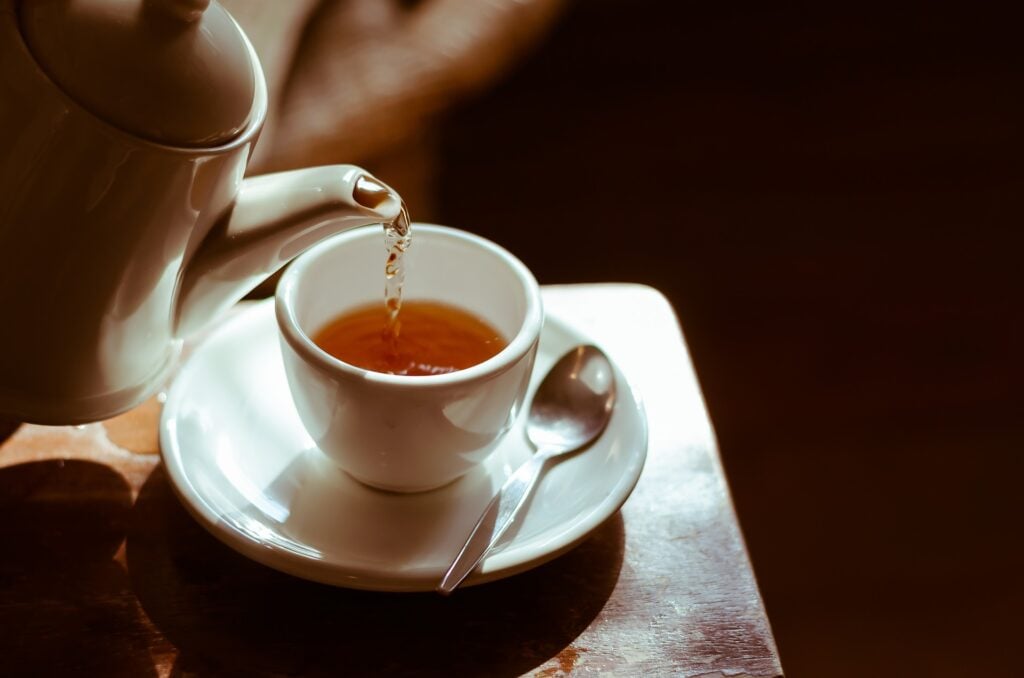
Now that you know something about the different types of tea, you can get the most enjoyment out of them by following a few simple rules for preparation. These guidelines apply to all tea types and are the same whether you’re using loose-leaf tea, a pyramid infuser, or a teabag.
- Always begin with clean, fresh water. The ideal water to use for tea is spring or filtered. Distilled water tastes flat, as does water that has been boiled previously.
- Use the proper amount of tea. For loose-leaf tea, use 1 teaspoon for each 6-8 oz. of hot water.
- Heat water to the correct temperature. It’s important to heat water to the right temperature for the type of tea you’re making. If water is not hot enough, you may lose some of the subtleties of flavors of the tea. On the other hand, water that’s too hot can cause a bitter taste. See the guide below, and note that water boils at 212°.
- Steep for the correct time. Although how strong you like your tea is a matter of taste, there are timing guidelines to follow for extracting the best flavor for each type of tea. See the guide below.
Guidelines For Brewing Tea
| Black Teas | Oolong Teas | Green Teas | White Teas | Herbal Teas | Blooming Teas | |
| Water temperature | 212°F / 100°C | 195°F / 91°C | 175°F / 79°C | 175°F / 79°C | 212°F / 100°C | 212°F / 100°C |
| Steeping time | 3-5 min | 3-5 min | 2-3 min | 2-3 min | 5-7 min | 5-10 min |
| Caffeine (mgs/serving)* | 40-70 mg | 35-55 mg | 30-45 mg | 15-30 mg | 0 | Minimal |
| Traditional accompaniments | Milk or lemon (not together) | Milk or lemon | Sugar or honey | Sugar or honey | Sugar or honey | Sugar |
| *A 6-oz. cup of coffee can contain about 70-120 mg of caffeine. |
Steeping Loose-leaf Tea

Loose-leaf tea is the tea aficionado’s choice, as these blends usually combine the highest-quality whole tea leaves with generous portions of other flavorings and ingredients.
Brewing loose-leaf tea requires an infuser with plenty of room for the leaves to expand. As it absorbs water heated to the perfect temperature and steeps for the optimal length of time, loose-leaf tea releases all its subtle flavors, aromas, and nutrients for the fullest and richest tea experience.
Loose-leaf tea infusers come in many forms and materials. Individually-sized infusers can be used in a teacup, pot, or other containers of your choice. Many teapots, mugs, and single-serving tea tumblers also come with infusers built into their designs, as explored below under “Choosing and Using Your Teaware.”
Whatever tools you choose for preparing loose-leaf tea, use 1 teaspoon tea for every 6-8 ounces of water. Never pack the infuser all way full; tea leaves need room to expand to get the most flavor out of them.
Steeping an Infuser or Tea Bag
High-quality pyramid infusers offer the tea lover a convenient and elegant way to sample new varieties of tea. Plus, they allow ample room for tea leaves to expand. Lower-quality bagged tea is often made with inferior leaves packed into a smaller space.
Steeping Blooming Teas
Blooming teas are ideally prepared in glass teapots to show off the visual display of the tea “blooming” in water. Glass teacups are also great to use, as long as they are large enough to accommodate the tea blossom – usually at least 12 oz. capacity. You can use most tea blossoms more than once. But, make sure to store them in the refrigerator in water between steeps.
Preparing Iced Tea
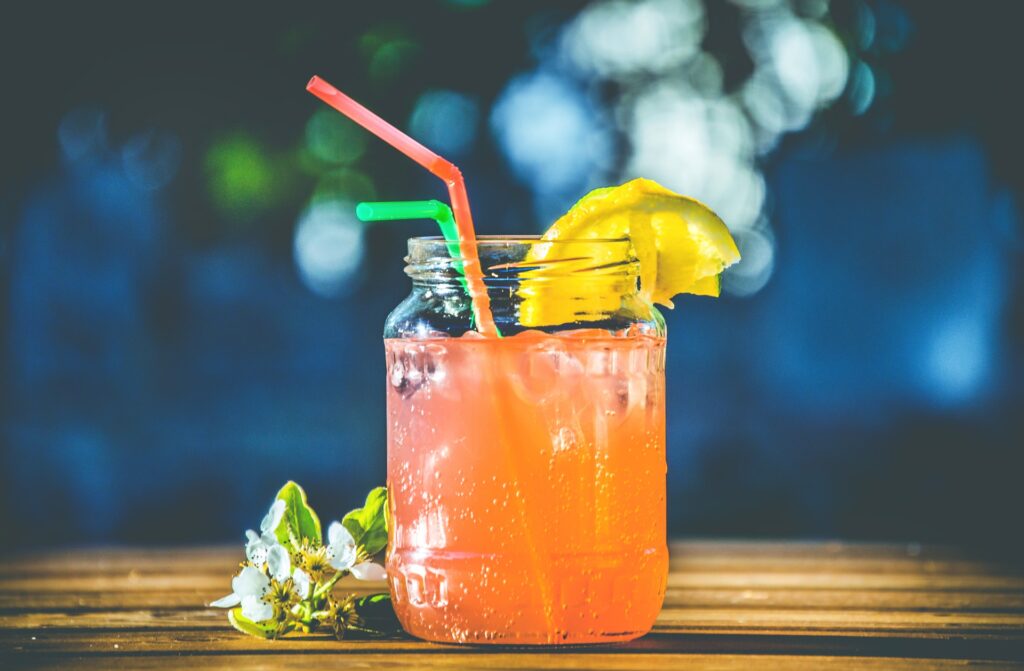
Although common food lore has it that iced tea appeared at the 1904 World’s Fair, this refreshing summer beverage was on the American scene many years earlier. It first appeared in an editorial in The Saturday Evening Post as early as 1857.
What no one disputes is that iced tea is still an iconic American beverage. That is especially the case in the southern states, where people enjoy it year-round either as “sweet tea” or “unsweet tea.”
Hot-brewing iced tea. Traditionally, iced tea is made by hot-brewing tea and refrigerating it. For this method, steep 3 tablespoons loose-leaf tea (or 6 pyramid infusers or teabags) in 8 cups of water that has been brought just to a boil. Steep 3-5 minutes, or to taste. Strain or remove tea bags, cover, and refrigerate.
Cold-brewing iced tea. You can also cold-brew iced tea. In a non-reactive pitcher, place 6 tablespoons of loose-leaf tea (or 10 pyramid infusers or tea bags) with 8 cups of cold water. Cover and leave in the refrigerator until it’s as strong as you like – usually 12-36 hours. Strain or remove tea bags and keep them in the refrigerator.
Accompaniments for iced tea. Iced tea is delicious on its own. Or, you can enhance it with sweeteners, fresh fruit or berries, mint leaves, spices, and more. Classic southern sweet tea is usually made with a simple syrup made by boiling equal parts water and sugar.
Choosing and Using Your Teaware

As noted above, the first step to preparing the perfect tea is to seek out high-quality teas. After that, the set of implements you choose to prepare can be as individual as you are. Today’s tea lovers may choose from a wide variety of beautiful and practical tools. They are all designed to help you create meaningful tea rituals suited to your lifestyle, taste, and personality.
Tea Infusers
Tea infusers are a must for preparing loose-leaf tea. Infusers come in the traditional steel or aluminum “tea ball” form on a chain, as well as spoon formats and many other innovative designs. Infusers also come in various capacities from single-cup size to large enough to steep a whole pot of tea. Teabloom’s Universal Stainless Steel Infuser and Universal Glass Infuser are two examples.
Many modern teacups, travel tea mugs, and teapots also include built-in infusers. These designs are conceived with busy modern tea drinkers in mind and cover a wide range of options. For example, Teabloom’s Classica Glass Teapot with an integrated stainless steel infuser is a versatile and popular choice. The Celebration Glass Teapot and Buckingham Palace Teapot Set are crafted with different types of integrated infusers.
Teakettles and Teapots
Teapots and teakettles may look similar, as both have lids, spouts, and similar shapes. But it’s important to understand the difference between them and what they are used for.
In simple terms, teakettles are used to heat water for tea while teapots are used to brew tea. If you’re going to be making more than a cup of tea at a time, you’re going to want a teapot. And, ideally, a teakettle with which to heat and pour the water into the pot.
Why not just put your tea leaves into the teakettle? Tea experts agree that the best results come when hot water is poured onto the tea rather than leaves being tossed in a pot.
For blooming teas, an all-glass teapot is an ideal tool for steeping, enjoying, and serving tea made from blooming tea blossoms.
You can also find versatile products designed to brew hot or cold tea and other beverages. Teabloom’s Precision Brew Beverage Maker is a beautifully-designed system for custom-brewing hot or iced tea, iced coffee, fruit waters, and more.
Teacups and Mugs
Gone are the days when a tea service was limited to delicate bone-china cups and saucers. There are as many types of cups, mugs, tumblers, and travel flasks on the market today as there are ways to enjoy tea. New innovations in materials have enabled merchants to offer products that are beautiful, practical, easy to clean, and a joy to use.
Double-walled glass teacups are an elegant modern way to share tea with friends. And, larger glass tea mugs are the perfect way to take in the visual display of blooming teas. Also very popular are mugs with all the accessories needed to enjoy a complete “tea party for one.” Teabloom’s Mindful Moments Tea Brewing Mug Set offers an insulated, double-wall glass mug, integrated infuser, and natural bamboo lid to keep the tea warm. Also, the Venice Mug Set includes a stainless steel infuser and lid that doubles as a coaster.
The World of Tea – Yours to Explore

It takes time to develop a connoisseur’s depth of understanding about the world of tea. But the pleasures you’ll enjoy along the way are well worth it. As you try new varieties and experiment with different accessories and tools, you’ll discover that – maybe without even trying – you’ve arrived at a delightful destination; a tea ritual suited especially for you. This complete guide to preparing tea should help you gain all the tea knowledge you'll ever need.


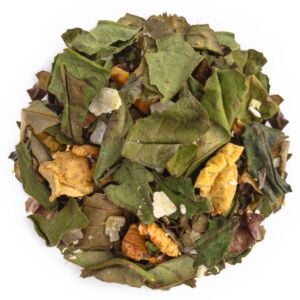
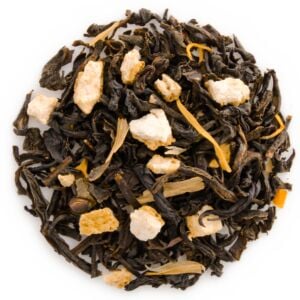
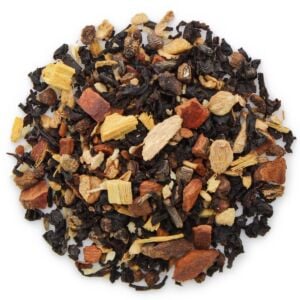
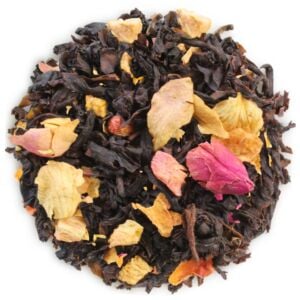
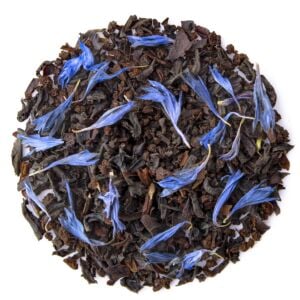
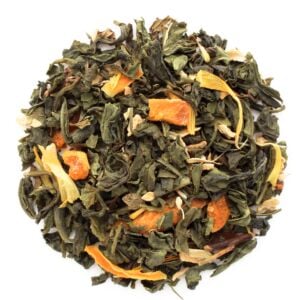

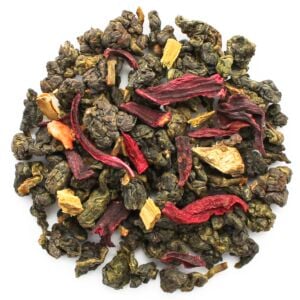
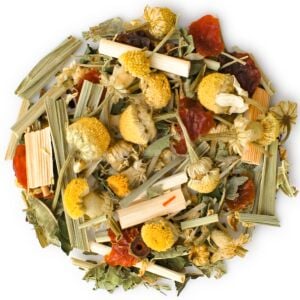
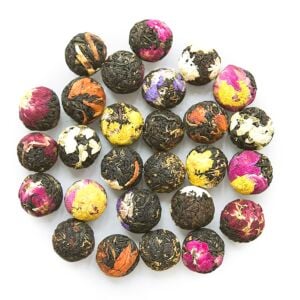





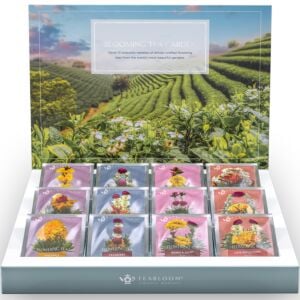
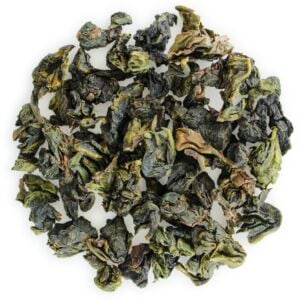

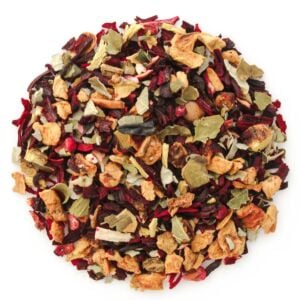
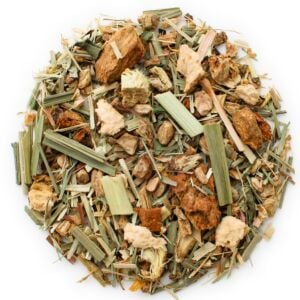
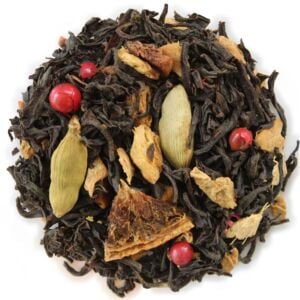
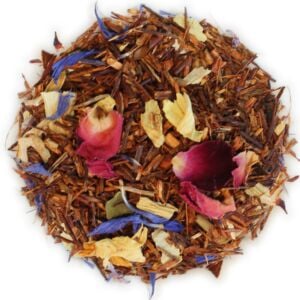
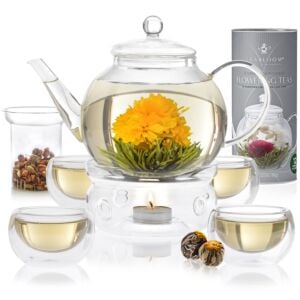

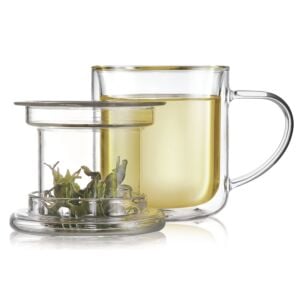
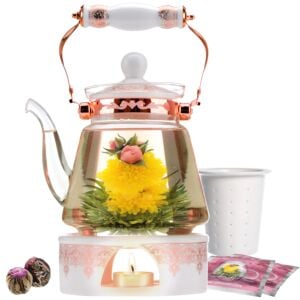
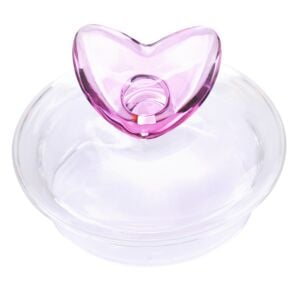
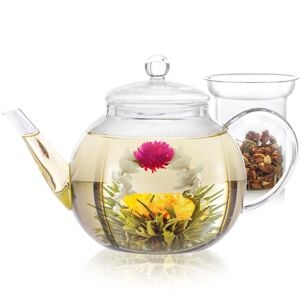
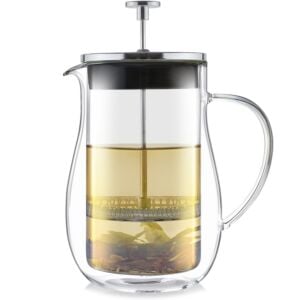

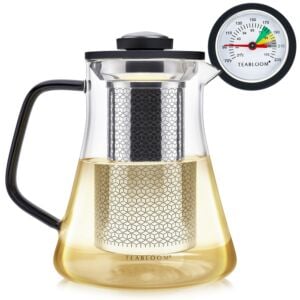



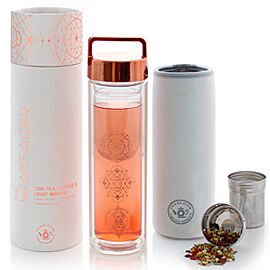

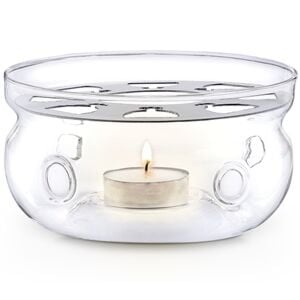

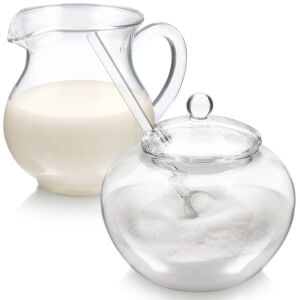
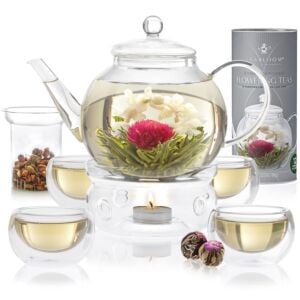

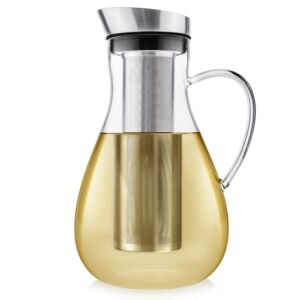
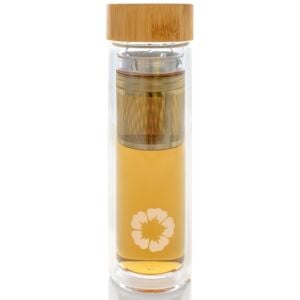
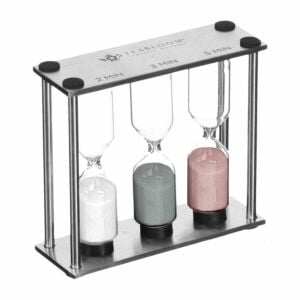
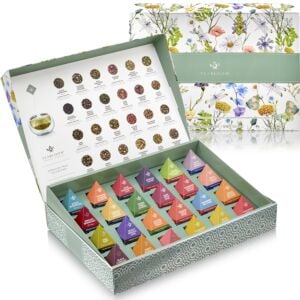
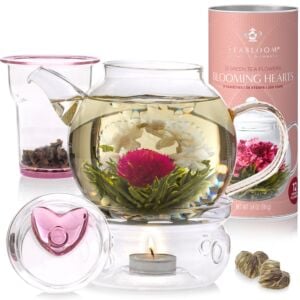

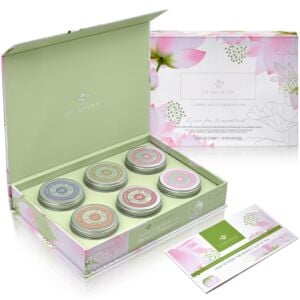
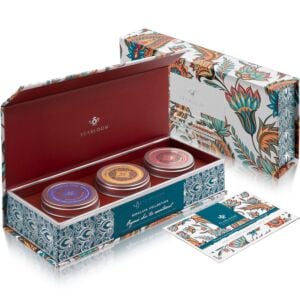
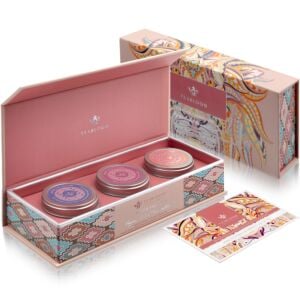
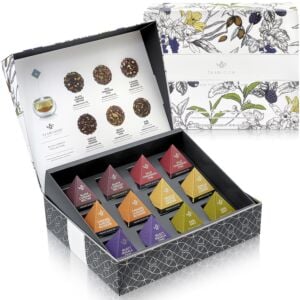



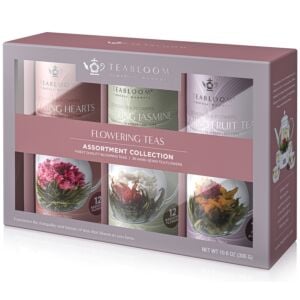
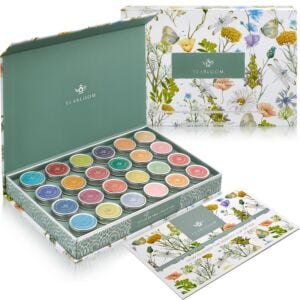
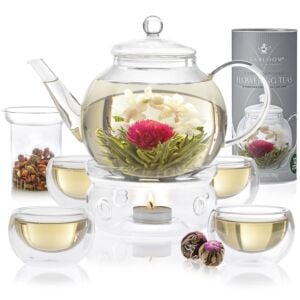
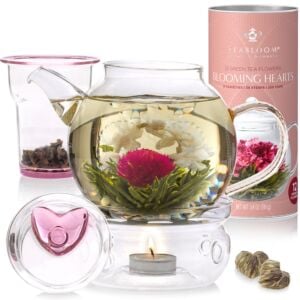
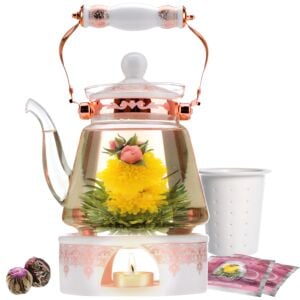
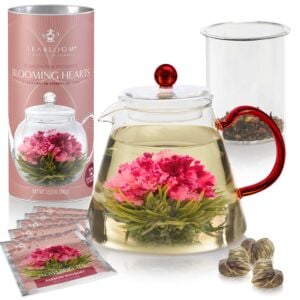

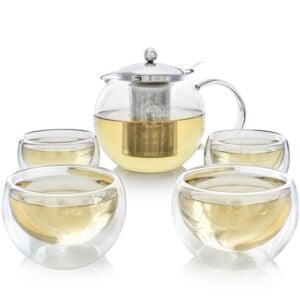
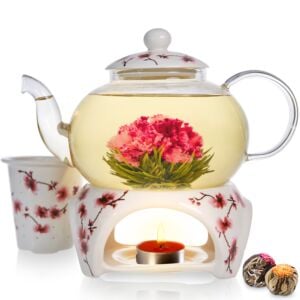
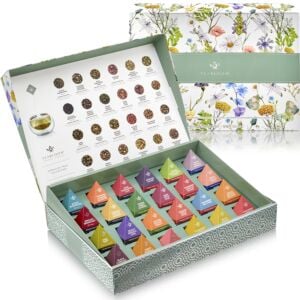
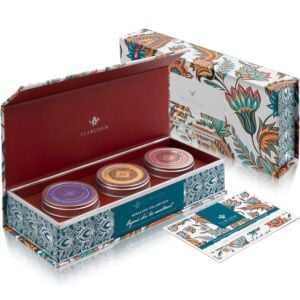
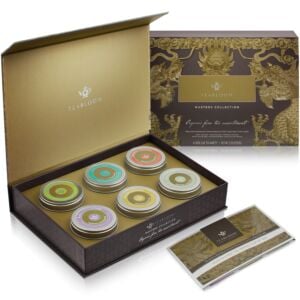
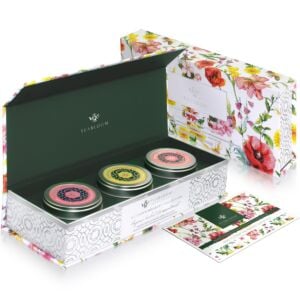
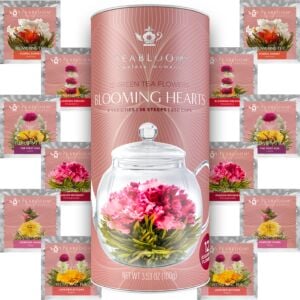

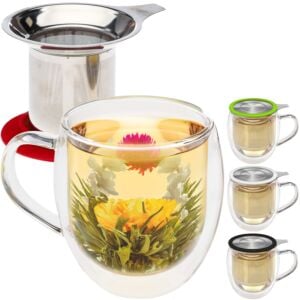
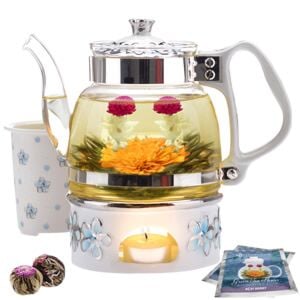

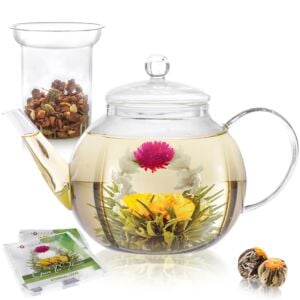
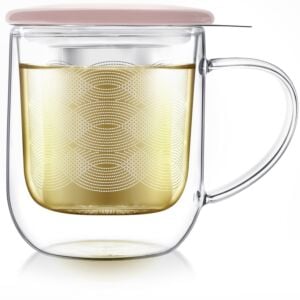
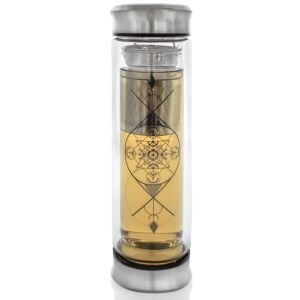
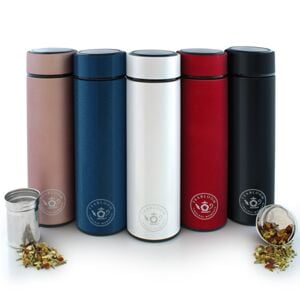

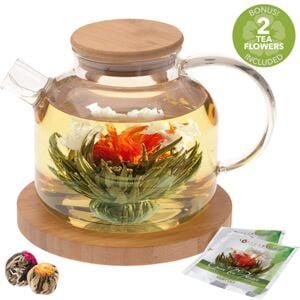
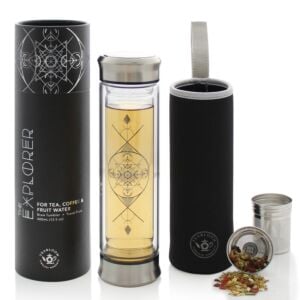
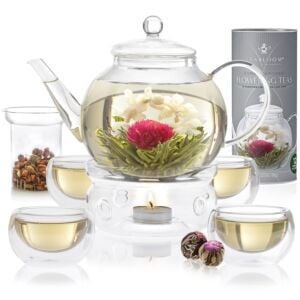
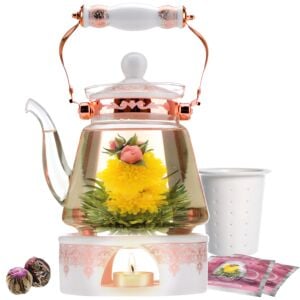
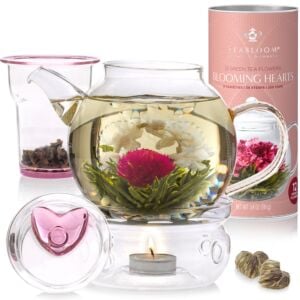
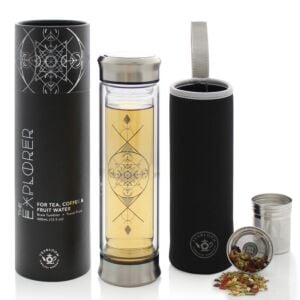
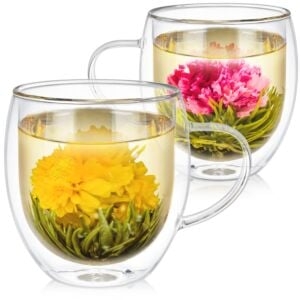
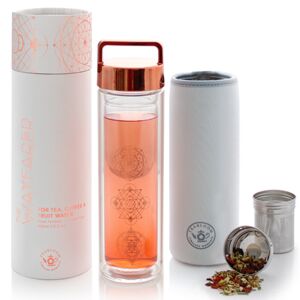
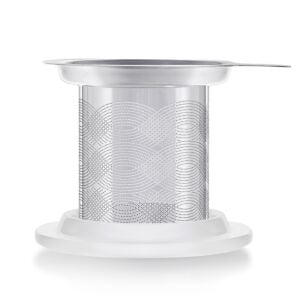
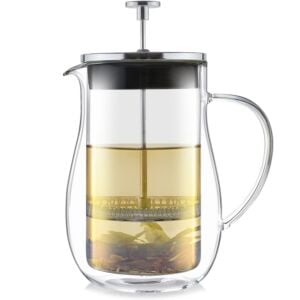
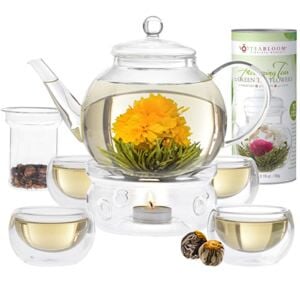
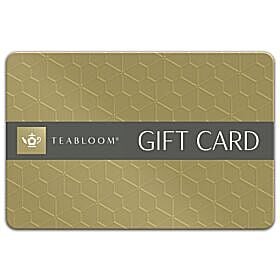



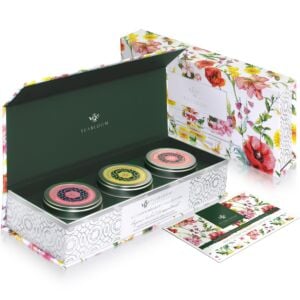
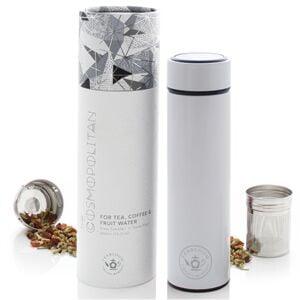


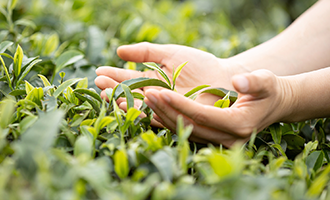
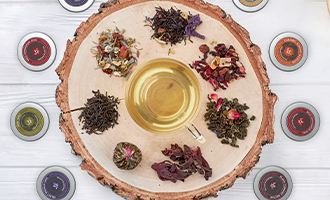
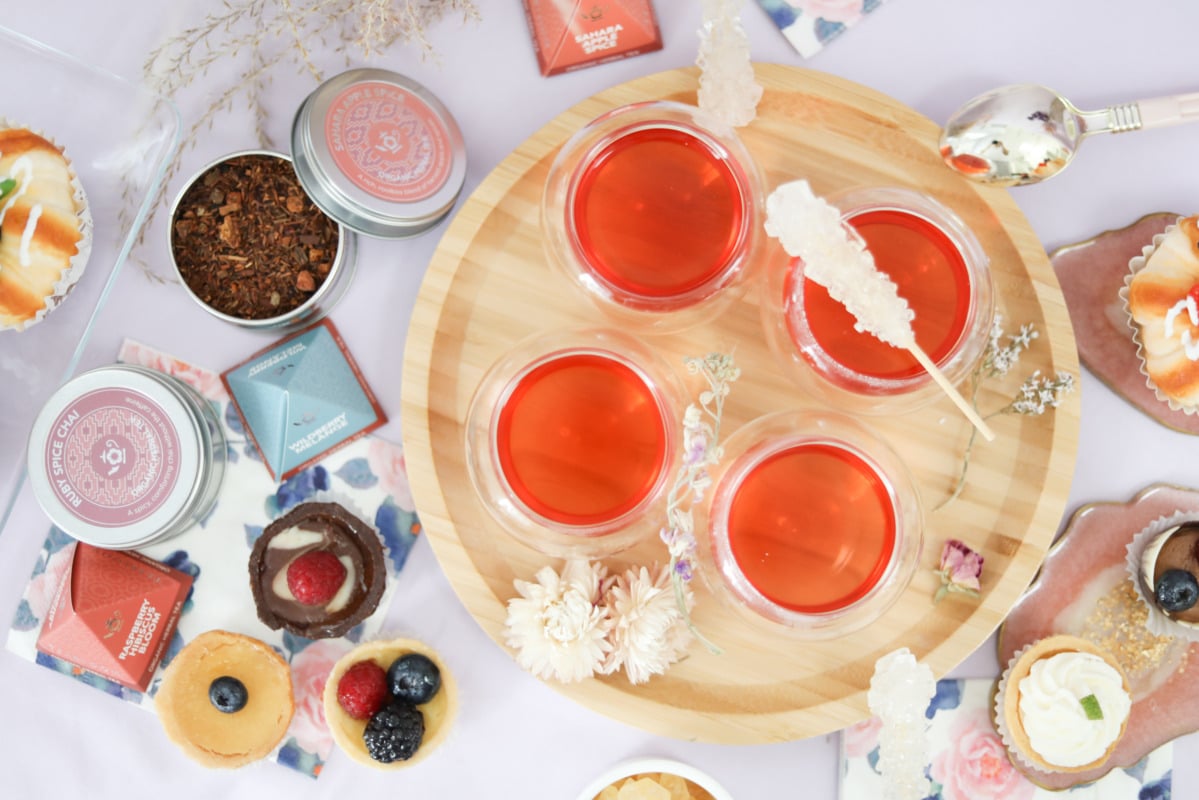
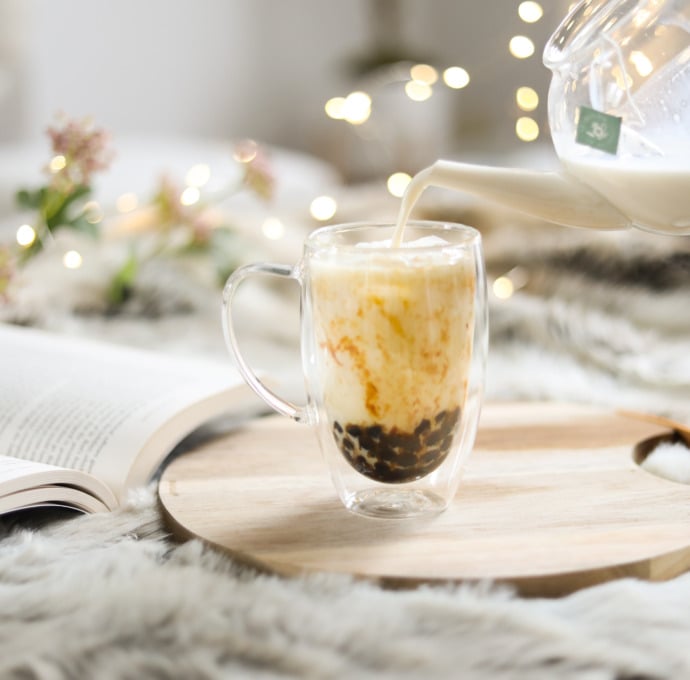
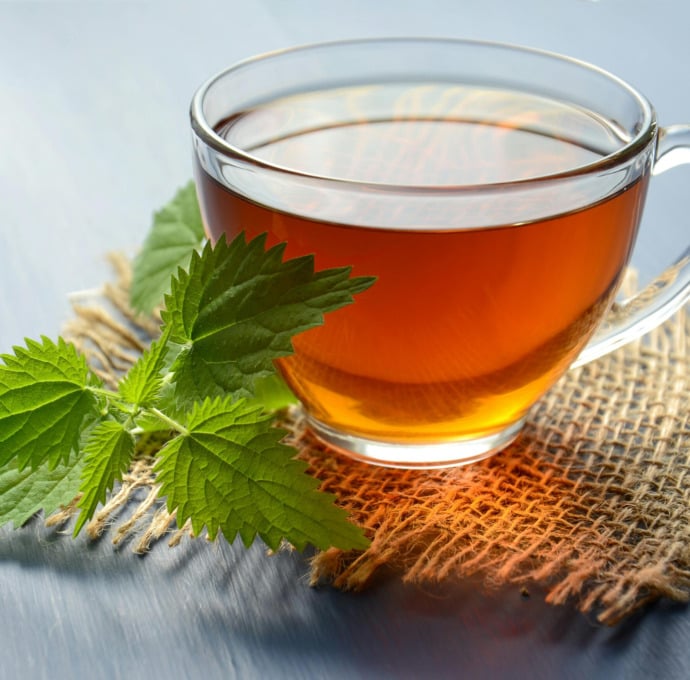

Share your thoughts